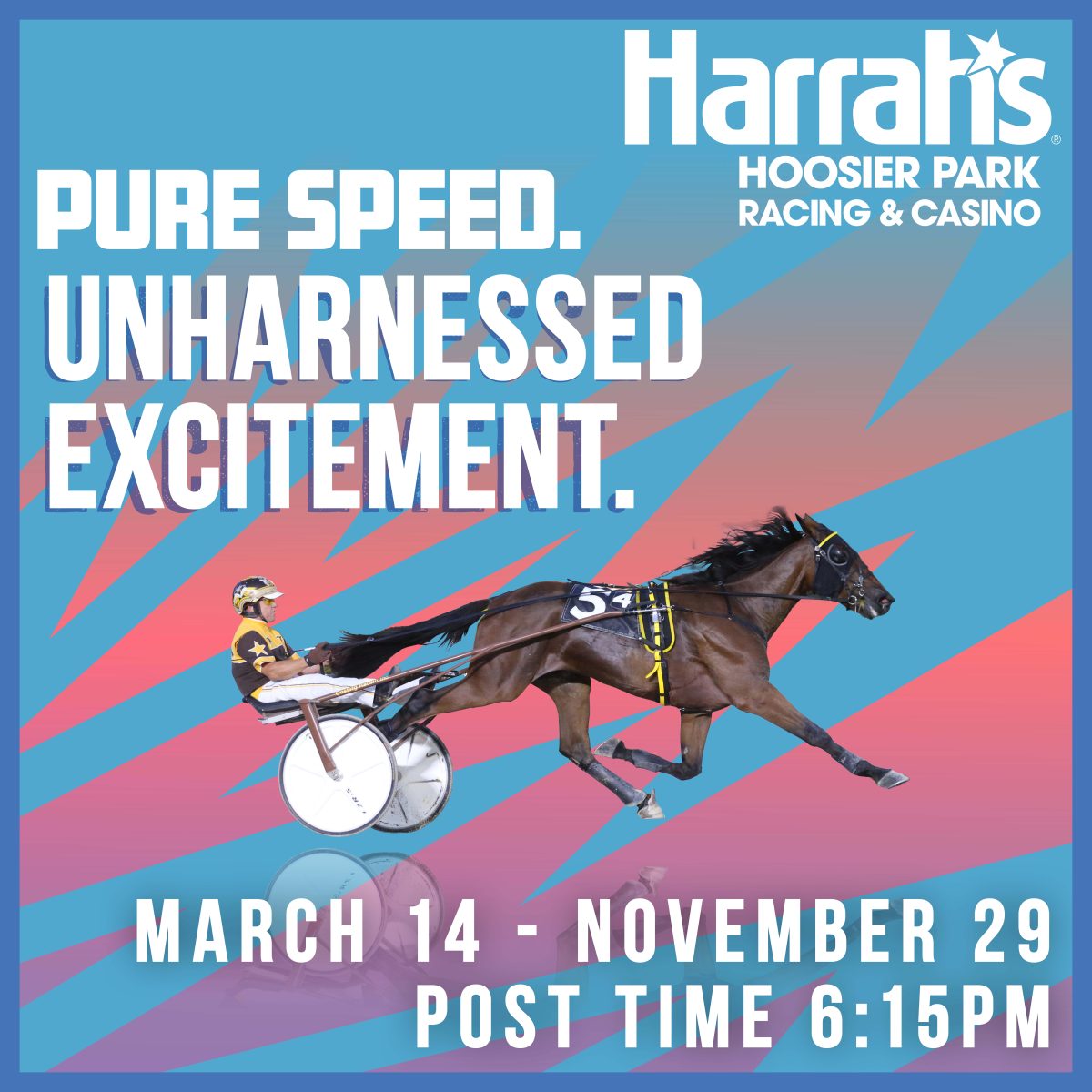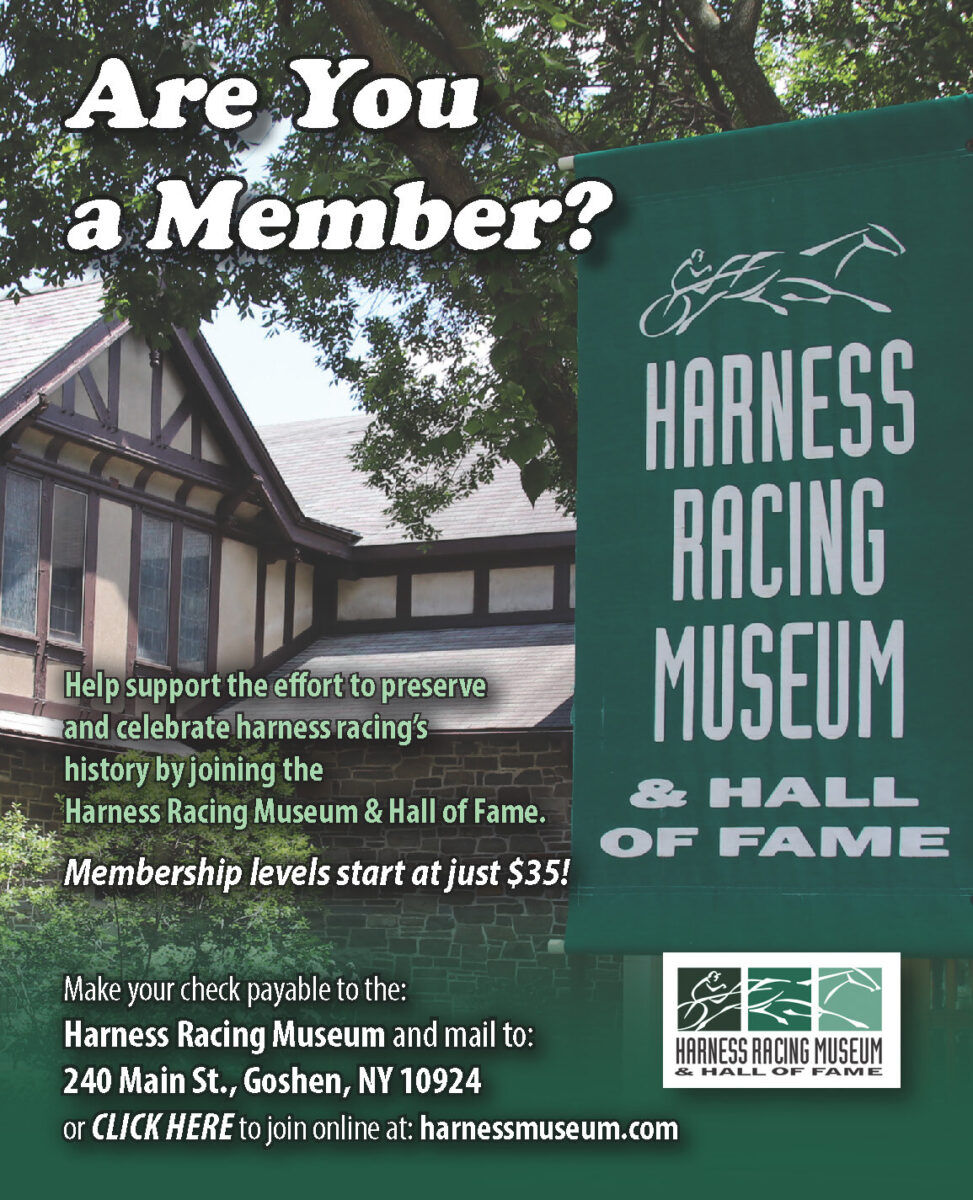Force pacing and trotting into futurity, Part 2
by Frank Cotolo
Surely, no visionary in any cultural area can thrive to improve or at the very least attempt at change without an all-out battle with tradition. As well, other forces are in play as 2021 launches. As we explored in Part 1 (full story here), the Covid-19 pandemic, still in progress as I write this, is placing historic pressure on tradition. What might the past teach us?
Let me make a case for the invention of the electric guitar by recalling what happened to jazz bands after the pandemic of 1918. When popular music returned to the stage in the early ‘20s, jazz bands continued to include a guitar in their musician roster. It was the usual acoustic guitar as was present in pre-pandemic groups. Among the blaring trumpets, trombones, drums, saxophones, clarinets, etcetera, the acoustic guitar was inundated by all other sounds the band created. It was rendered useless, a knick-knack—a traditional element with zero input.
It took 20 years and a visionary to solve the problem of making a guitar functional in a brass-dominated ensemble. By the 1940s, guitars had no form of amplification. Then, along came someone who insisted the guitar needed to be heard no matter what the normalcy of orchestration valued for decades.
According to reputable sources, from the 1920s through the 1930s various unfamiliar guitarists dabbled with the idea of building an electric guitar using an amplified device. Flaws in construction of such an instrument continually suppressed a working model. Then, someone solved the problem.
His name was Les Paul. He is responsible for inventing the solid-body electric guitar. It was 1940. Paul, an inventor and musician by nature valued his instrument so much, he knew when it could be heard prominently it could compete with brass and percussion instruments and even thrive on its own. That vision became a global alteration of the community of music, which became an industry, which, of course, would never return to its traditional role as a minor performing element.
THINK ABOUT IT
Somewhere out there are people that love harness racing and care to realize what can prevent it from fading into a future offering worse than extinction—a future of mediocrity. Such people, who are not afraid of tradition, should be brought together to exchange, merge and contribute, without censorship, new ideas and concepts.
How about an international think tank? The various standardbred community associations around the world could support a symposium allowing for an exchange of ideas to improve pari-mutuel racing. Any and all ideas may be voiced; ideas that may sound outrageous; ideas that include protocols created for a post-pandemic landscape; ideas that could survive another pandemic (the odds of there being one, according to most scientists, are better than odds-on).
Think tanks are the theaters of the possible. They attract philosophers, gamers, sports buffs and gamblers of all ages; those who believe nothing is impossible — at least to suppose — because their hearts and minds tell them to abandon “sacred” elements for the sake of survival and growth.
An international meeting of the minds would address binary changes in pari-mutuel racing—the style of the actual racing, so that it is more exciting to watch (improved as a spectator sport) and the mechanics of how the audience can wager. Sub-topics would pop up and be tossed around as appropriate.
Think tank participants discuss topics from their down-and-dirty definitions and freely add random aspects and components to them. As an example for horse racing, the definition is: Horses race in a circle attempting to be the one ahead of the rest at the circle’s end. From there, thinkers build on the definition using the necessary elements (people drive or ride the horses); the circle’s distance and surface can differ; and so on and so forth until new specifics are introduced.
From the sublime to the ridiculous, every new element is expressed. What if the horses begin at different points in the circle to give advantages to the lesser talented? What if the track surface is iridescent dirt — for decorative purposes? What if each driver/jockey wore a tiny cam on his or her helmet so people watching on a TV monitor or digital-device screen could follow the horse they wagered upon? What if this and what if that…
Then, the second topic: What could make horse racing more exciting to wager upon? What if there was a wager called “The Winning Streak Seven” (or Eight or Nine …)? Bettors are rewarded for how many straight winners they bet upon instead of in a Pick 3, 4, 5 or 6 where the big pot (carryover or not) is split with consolations or one player who identifies all correctly?
In Part 3, another visionary in sports cracks through the glass ceiling of America’s national pastime, changing it for the better forever.
















